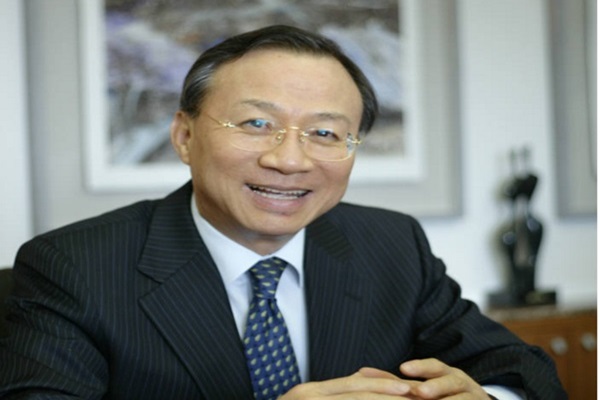IA has mass-produced MCU (Micro Controller UNIT0 for vehicles for the first time as a South Korean business. MCU for vehicles is a market that is dominated by global semiconductor businesses such as NXP, Renesas, Infineon, ST Micro, Texas Instruments and others. South Korean automobile businesses import all of MCUs.
IA made an announcement that it has mass-produced and supplied 32-bit MCU that controls conditioning devices such as air conditioners, heaters and others. Corresponding products have ARM Core-Tex M3 Core and 300kB Flash Memory built in. It is expected that this product will be used for South Korea’s next new vehicle. MCU is a major part out of digital semiconductor products for vehicles. Out of South Korean fabless businesses, IA is the first one to commercialize MCU for vehicles.
If application areas of semiconductors for vehicles are divided based on level of difficulty, it is divided into AVN (Audio Video Navigation), ADAS (Advanced Drivers Assistance System), body and chassis, brakes, safety, and power-train (Motor) system that controls engines and transmission. As it is tied to more of ‘safetiness’, level of difficulty for commercialization becomes higher because it has to satisfy conditions of both trust and safety.

Most of fabless businesses that correspond to vehicle semiconductor markets usually supply only products for AVN. IA’s MCU that controls conditioning devices is considered as a chassis semiconductor and its level of difficulty for commercialization is one step higher than AVN.
“We are going to develop and supply safety products such as brakes and others in the future.” said a representative for IA. “In a long-term, we have a plan to expand out business towards power-train (motor) products that control engines and transmissions.”
IA is planning to obtain a certification for ISO26262, which is a standard for vehicles’ safety functions during first half of this year to develop MCU for brakes.
“Semiconductors for vehicles is a difficult area to enter since it requires extreme system requirement (temperature and humidity), long life, and 0% of error.” said Jang Moon-soo who is a researcher for Eugene Securities Co., Ltd. “As it is predicted that Hyundai-Kia will increase ratio of localization of semiconductors for vehicles, IA is going to form an external growth that is higher than rate of increase of demands from markets.”
After Chairman Kim Dong-jin, who had served for Hyundai and worked as CEO (Vice-Chairman) of Hyundai-Mobis, was appointed as the CEO of IA, IA has focused its business structure towards modules and semiconductors for vehicles from communication modules. Starting with mass-production of AVN System Controller Chips, it put its name as a semiconductor partner for Hyundai Group. Its current major products are AVN controller, Hi-Pass, audio, DMB quality control semiconductor, IBS (Intellectual Battery Sensor) module that helps with monitoring of car battery’s state, HPM (High Power Module), DMB Module and others. IA bought Trino Technology, which is a power semiconductor business, by investing about $1.65 million (2 billion KRW) in last October. This is its move to expand its business towards electric vehicle business.
IA’s performance is currently sky-rocketing. It made $58.5 million (71.1 billion KRW) and $5.23 million (6.357 billion KRW) in sales and operating profit respectively last year. These values have increased 16.2% and 125.4% respectively compared to previous year. Its net profit indicator based on annual standard has also turned into a surplus of $410,000 (500 million KRW). Stock street is estimating that IA will make about $82.3 million (100 billion KRW) and $14 million (17 billion KRW) in sales and operating profit respectively this year.
Staff Reporter Han, Juyeop | powerusr@etnews.com
■Progress of IA’s annual performance
▲Its sales in the past 4 years were $25.5 million (31 billion KRW (2012)), $38.5 million (46.7 billion KRW (2013)), $50.4 million (61.2 billion KRW (2014)), and $58.5 million (71.1 billion KRW (2015)) and its sales in 2016 is estimated to be $82.3 million (100 billion KRW).
▲Its operating profits in the past 4 years were $7.33 million (8.9 billion KRW (2012)), $903,000 (1.1 billion KRW (2013)), $2.31 million (2.8 billion KRW (2014)), and $5.23 million (63.5 billion KRW (2015)).
▲Its net profits in 2012, 2013, and 2014 were $12.6 million (15 billion KRW), $4.69 million (5.7 billion KRW), and $2.96 million (3.6 billion KRW) respectively.
Reference: Data Analysis, Retrieval and Transfer System